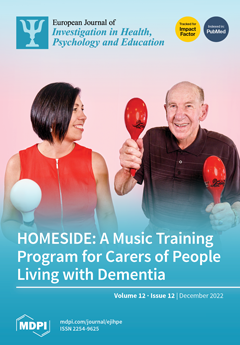A case–control study including 446 workers reporting headaches (cases; 136 males and 310 females, mean age 46.71 ± 10.84 years) and 446 age- and sex-matched colleagues without headaches (controls; mean age 45.44 ± 10.13) was conducted in the second half of 2020 in a sample drawn from socio health and commercial services companies to investigate the association of headache with lifestyle, metabolic, and work-related factors. Workers suffering from headache reported higher body weight (OR: 1.92, 95% CI: 1.46–2.53,
p < 0.001), higher blood cholesterol (OR: 2.01, 95% CI: 1.46–2.77,
p < 0.001), triglyceride (OR: 2.01, 95% CI: 1.20–3.35,
p < 0.01), blood glucose (OR: 1.91, 95% CI: 1.16–3.24,
p < 0.01), and blood pressure levels (OR: 1.76, 95% CI: 1.23–2.52,
p < 0.01). In the year preceding the survey, cases had experienced a higher frequency of workplace violence (OR: 2.29, 95% CI: 1.25–4.20,
p < 0.01 for physical aggression, OR: 2.22, 95% CI: 1.45–3.41,
p < 0.001 for threat, OR: 2.74, 95% CI: 1.72–4.38,
p < 0.001 for harassment) and were more frequently distressed (effort/reward ratio > 1) (OR: 1.82, 95% CI: 1.39–2.40,
p < 0.001) than the controls. Compared to the controls, cases also had higher scores on anxiety and depression scales, lower scores on happiness, and lower levels of sleep quality (
p < 0.001). The association of headaches with metabolic and mental health problems suggests that monitoring headaches in the workplace could help to identify workers at risk of impairment.
Full article






